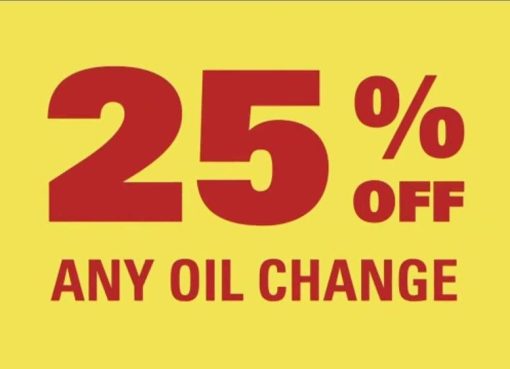Exploring Glass Beach California: A Unique Coastal Gem
Key Takeaways
- The remarkable transformation of Glass Beach from a trash dump to a tourist attraction.
- Understanding the ecological impact and conservation efforts at Glass Beach.
- What visitors can see and do at Glass Beach, including sea glass collecting regulations.
- The best times to visit and practical tips for planning your trip to Glass Beach.
Glass Beach, located in Fort Bragg, California, stands as a stunning testament to nature’s resilience and the surprising beauty that can emerge from human waste. Once a local dumping ground from 1906 until the late 1960s, the beach has transformed over decades into a sparkling tourist destination, famous for its colorful glass pebbles smoothed by constant waves. This article delves deeply into the unique history, ecological significance, and visitor experience of Glass Beach California, offering essential insights for anyone planning a visit.
The History of Glass Beach
The transformation story of Glass Beach begins in the early 20th century when it served as a public trash site. Locals discarded everything from household garbage to vehicles, and over time, the pounding waves cleaned the beach, breaking down everything except glass and pottery. The resulting smoothed sea glass mixed with pebbles and sand has given the beach an iconic look—a mosaic of human history and natural artistry. Today, Glass Beach is part of MacKerricher State Park, and it draws thousands of visitors each year, intrigued by its backstory and natural beauty.
Glass Beach’s Environmental Recovery
The environmental turnaround at Glass Beach is remarkable. After the beach was officially closed as a dumpsite, concerted efforts were made to clean up and rehabilitate the area. These efforts have allowed local flora and fauna to thrive once more, although the glass remains, serving as a reminder of its bygone era. This recovery has been a central point in discussions about pollution, showcasing nature’s ability to reclaim spaces marred by human activities, given enough time and care.
What to See and Do at Glass Beach
Visitors to Glass Beach can expect a rich tapestry of colors and textures underfoot. The beach is covered in smooth pieces of glass in hues of green, blue, amber, and clear, creating a stunning visual effect. Photography, beachcombing, and simply walking along the tideline to observe the diverse color palette are popular activities here.
Rules and Regulations for Collecting Sea Glass
While it might be tempting to take a piece of Glass Beach home with you, visitors are strongly discouraged and often prohibited from removing sea glass. The California State Parks Department has implemented these regulations to preserve the unique nature of the beach and ensure future visitors can enjoy its beauty. Compliance with these rules is essential for the ongoing conservation efforts and sustainability of Glass Beach.
Travel Tips for Glass Beach Visitors
Ideally, the best time to visit Glass Beach is during spring or early summer when the weather is mild, and the tourist rush is less intense. The beach can be accessed through the main entrance of MacKerricher State Park, located a few miles north of Fort Bragg on the California coast. There is a parking area, from which visitors can follow a short trail leading directly to Glass Beach. It’s advisable to wear sturdy shoes as the terrain can be rugged and uneven.
Visitor Amenities and Nearby Attractions
Beyond the beach itself, MacKerricher State Park offers numerous amenities including picnic tables, restrooms, and trails. The park also features other attractions such as tide pools rich in marine life, making it a perfect spot for families and nature enthusiasts. Nearby, the town of Fort Bragg provides additional dining and lodging options, making it convenient for an extended stay.
Conservation Efforts and Future of Glass Beach
The ongoing popularity of Glass Beach poses unique challenges for conservationists. Maintaining the balance between tourist attraction and natural preservation is crucial. Education and visitor awareness programs play a pivotal role in this, ensuring that those who come to admire Glass Beach also understand the importance of leaving it undisturbed. The future of Glass Beach depends heavily on these continued efforts, supported by local organizations and state parks to minimize human impact and preserve its unique aesthetic.
Glass Beach in California offers more than just a stunning visual experience; it is a poignant reminder of nature’s power to heal and transform. Its history from trash to treasure makes it a compelling destination for those interested in environmental conservation, and its unique beauty attracts travelers from around the world. By respecting this delicate ecosystem and adhering to conservation guidelines, visitors can ensure this natural wonder remains intact for generations to come.
Additional Resources and Information
For those planning a trip to Glass Beach, resources such as the Visit California website, the official MacKerricher State Park page, and local Fort Bragg tourism offices provide extensive information, travel tips, and updates on park regulations. Leveraging these resources will ensure a well-planned and memorable visit to one of California’s most unusual and picturesque beaches.

